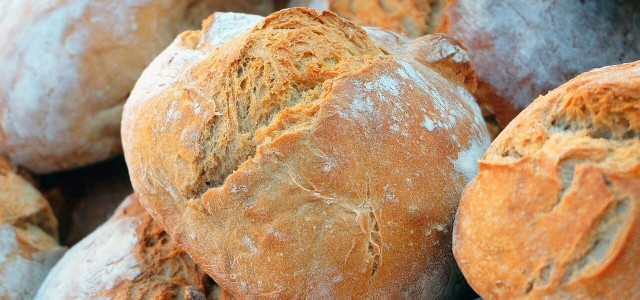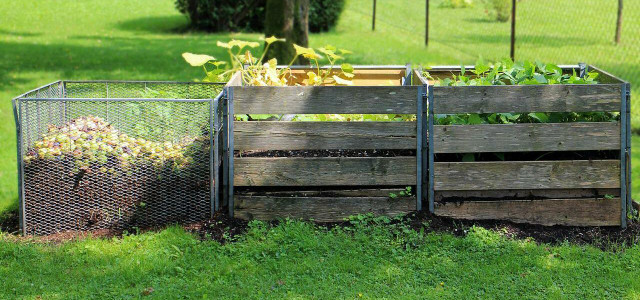Although some gardeners advise against it, you can compost bread. However, it’s a little more complicated than composting fruits or vegetables.
When you imagine the ingredients you can add to your compost pile, you probably think of banana peels or apple cores before you think of bread. Some composters recommend against using bread, mainly because the scent could attract scavenging animals. There are, however, ways to prevent this from happening, and you can compost bread.
While there are some things you need to be careful about, composting bread can ultimately be a great way of reducing the environmental impact of your food waste.
Can You Compost Bread?
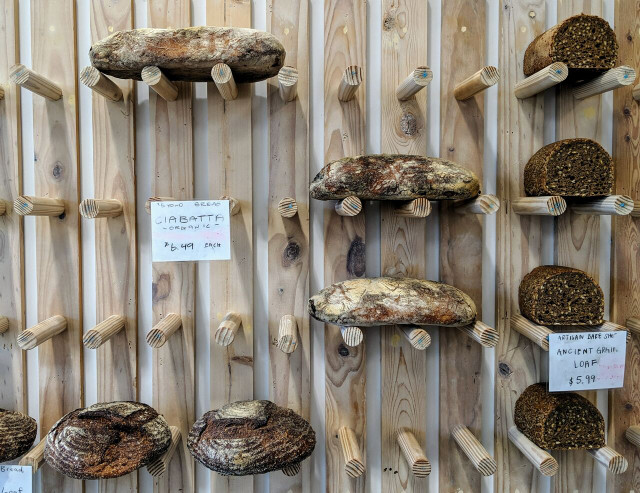
Bread is a dietary staple for many households, but it often gets stale before it can all be eaten. While there are ways to soften hard bread, methods for freezing bread before it goes off and specific stale bread recipes, you should throw out your bread once it gets moldy. This is where composting comes in.
Moldy bread is actually a welcome addition to the compost pile. The microorganisms that cause mold are partially responsible for the breakdown of organic material and can encourage healthy decomposition in your compost. However, if you notice your compost has mold throughout, you should take steps to remedy the situation.
What Types of Bread Can You Not Compost?
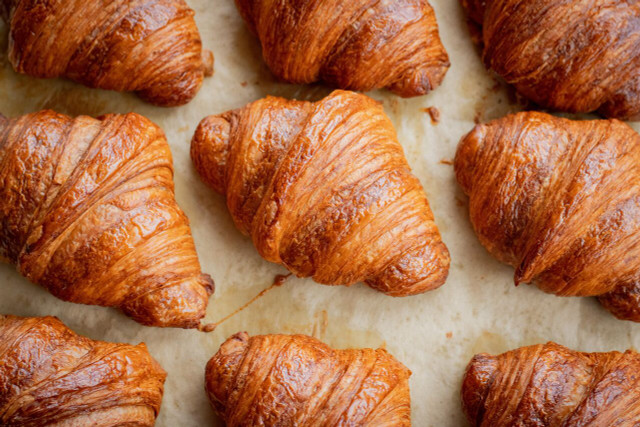


While there are many benefits to composting bread, some bread falls in the category of foods you can’t compost. As you may know, you should generally avoid composting meat and dairy, so you shouldn’t compost bread that contains milk or butter.
DO NOT compost:
- Naan
- Sugary baked goods like donuts or cinnamon rolls
- Brioche
- Challah
- Croissants
- Buttermilk bread
How to Compost Bread
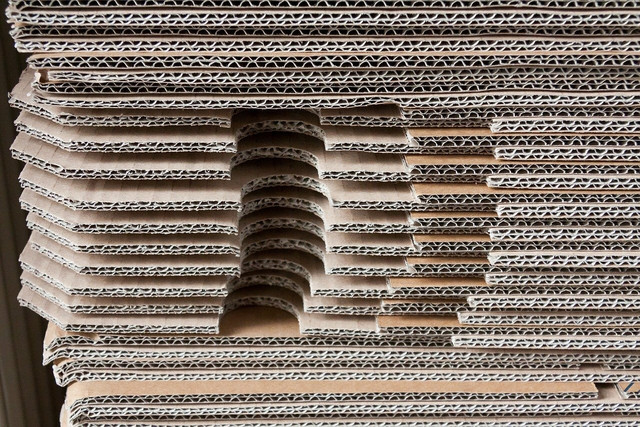


You can compost bread easily in an apartment compost, cold compost or regular outdoor compost.
How to compost bread:
- Before you compost your bread, you should split it into smaller pieces to allow it to break down more quickly.
- Sprinkle your bread pieces into the center of your pile.
- Check the balance of ingredients in your compost. It should consist of one-third “green” materials, such as vegetables, and two-thirds “brown” materials, such as cardboard. Bread is classified as a green material, so make sure there is enough brown material to balance it out.
- Cover your new additions with surrounding compost material in order to cover the scent, protect it from scavenging animals and encourage breakdown.
How to Store Your Compost
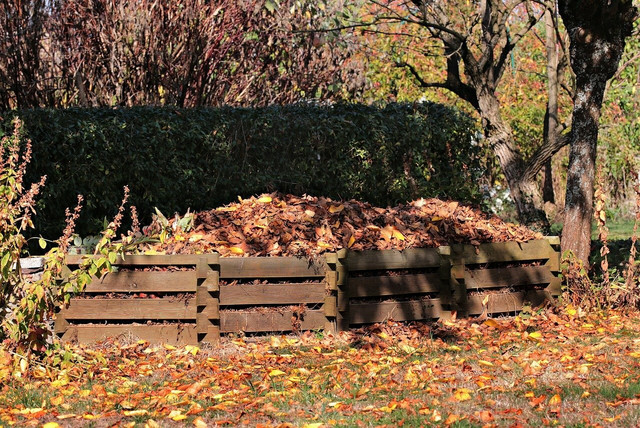


Once your bread is in the compost and fully broken down, you may not want to use it immediately. If you want to store your compost before adding it to your garden, follow these steps.
How to store your compost:
- Place your compost in a pile on the ground. Make sure there is dirt beneath your pile — this will allow worms to get into your pile and enrich the nutrient content.
- Cover your pile with a waterproof tarp and secure the edges so it is not blown away. This will prevent excess moisture from seeping into your pile and washing it away.
- Remove the tarp once you are ready to add the compost to your garden.
Read more:
- How to Compost Leaves: 3 Ways
- Cardboard Box Recycling: Here’s How to Do It
- Can You Compost Tea Bags? Some May Even Benefit Your Compost
Do you like this post?






